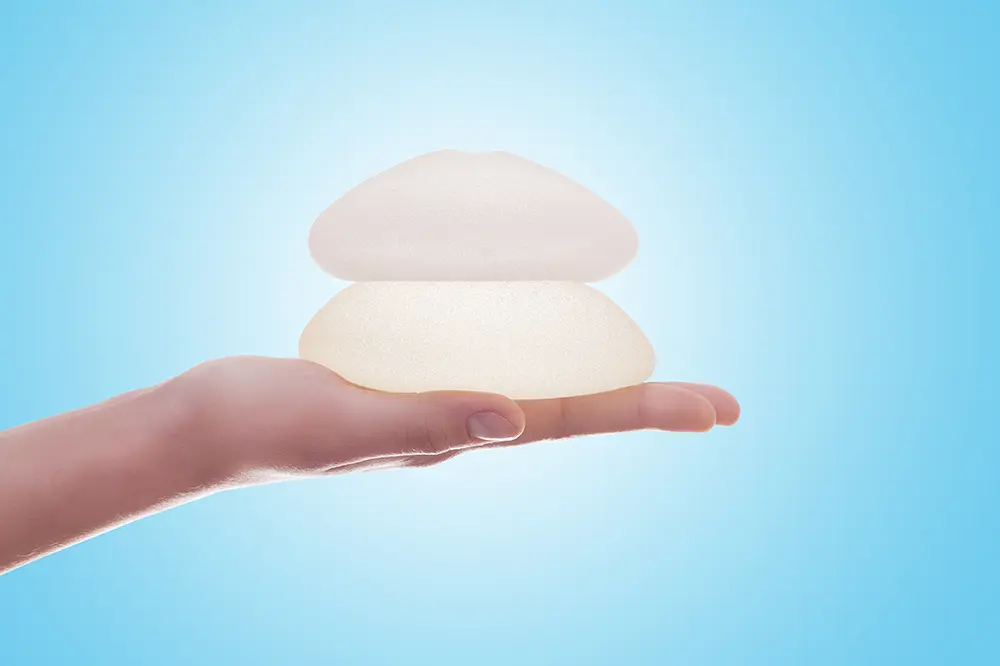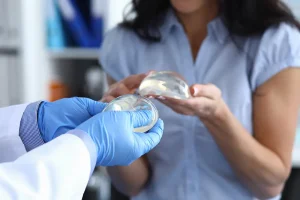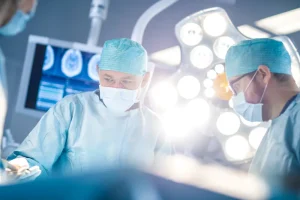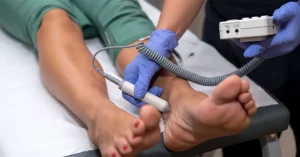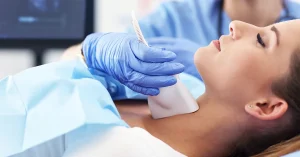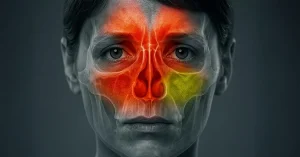Are your breasts smaller than you want, or have they lost volume after weight loss or pregnancy? Perhaps you struggle with asymmetry that affects your appearance and confidence. Breast augmentation through fat transfer or breast implants may provide the solution. Learning about each method helps you choose the option best suited to your needs.
What Is Breast Augmentation?
Breast augmentation, also known as mammoplasty, is a surgical procedure designed to increase breast size or correct asymmetry. The procedure can be performed either with implants or by transferring fat from another area of the body. Both methods reshape and enhance the breasts, but each has unique characteristics.
Breast implants provide predictable and customizable results. They are available in different sizes and shapes, such as round or anatomical, making it possible to achieve a significant and consistent transformation. Fat transfer, on the other hand, uses organic tissue from your own body. This method produces natural results and eliminates risks of implant rejection.
Fat transfer has the added advantage of contouring two body areas at once. While the breasts gain volume, other areas where fat is harvested become slimmer. However, this procedure is not suitable for patients who lack sufficient fat for transfer.
What Are the Disadvantages of These Breast Augmentation Techniques?
While both techniques offer benefits, each also presents disadvantages. Understanding them will help you make an informed decision with your surgeon.
Disadvantages of Breast Implants
Breast implants are considered safe and reliable, but complications remain possible. These may include implant rupture, capsular contracture, or implant displacement. Implants generally require replacement after several years, depending on their type.
Some textured implants have been linked to rare conditions such as implant-associated anaplastic large cell lymphoma or breast implant illness, which may cause fatigue, joint pain, and brain fog. These risks must be considered before proceeding.
Disadvantages of Breast Enlargement Through Fat Transfer
Fat transfer results are less predictable and not always permanent. The body may absorb some of the transferred fat over time, which reduces volume. As a result, additional procedures may be required to maintain the desired outcome.
What Does Breast Enlargement Surgery Involve?
Breast augmentation surgery is typically performed under general anesthesia to ensure comfort and safety. The surgeon selects one of three incision sites: inframammary (under the breast), axillary (in the armpit), or periareolar (around the nipple). A pocket is created by separating breast tissue from the chest muscles.
The chosen implant is then inserted and positioned carefully. After placement, the surgeon closes the incisions with sutures and secures the area with tape and surgical glue. Patients remain in the hospital for monitoring until the anesthesia wears off and discharge is safe.
Recovery After Breast Augmentation Surgery
Recovery involves swelling, bruising, and temporary pain in the breasts. Your doctor will prescribe medication to manage discomfort. Scars will gradually fade, though they will not disappear completely.
During the healing period, you should wear a surgical bra or compression bandage to provide support and help the implants settle properly. Strenuous activity should be avoided for at least two weeks, as increased heart rate or blood pressure may affect healing.
Return to work depends on your job and your doctor’s guidance, usually within a few weeks. Breasts remain sensitive to touch and movement during early recovery. If you experience fever, redness, chest pain, or breathing difficulty, you must contact your doctor immediately.
Risks and Complications Associated With Breast Augmentation Surgery
Breast augmentation, especially with implants, is not a lifetime procedure. Additional surgeries may be required to address complications or adjust implant size. Over time, some patients also request a lift procedure to counteract skin stretching.
Possible risks include:
- Local pain
- Bleeding and bruising
- Infection at the incision site
- Capsular contracture, where scar tissue forms inside the breast
- Implant rupture or leakage
- Poor healing of the incision
- Noticeable scarring
As with any surgery, risks also include reactions to anesthesia, blood clots, or bleeding. Monitoring for warning signs is essential to ensure safe recovery.
Cosmetic and plastic surgery can restore body confidence, help with weight management, and delay visible signs of aging. At VenArt Clinic, breast augmentation procedures are performed by experienced specialists dedicated to patient safety and natural results. Schedule a consultation with us and see which procedure is right for your needs.
Medical consultant: Dr. Claudiu Filip

